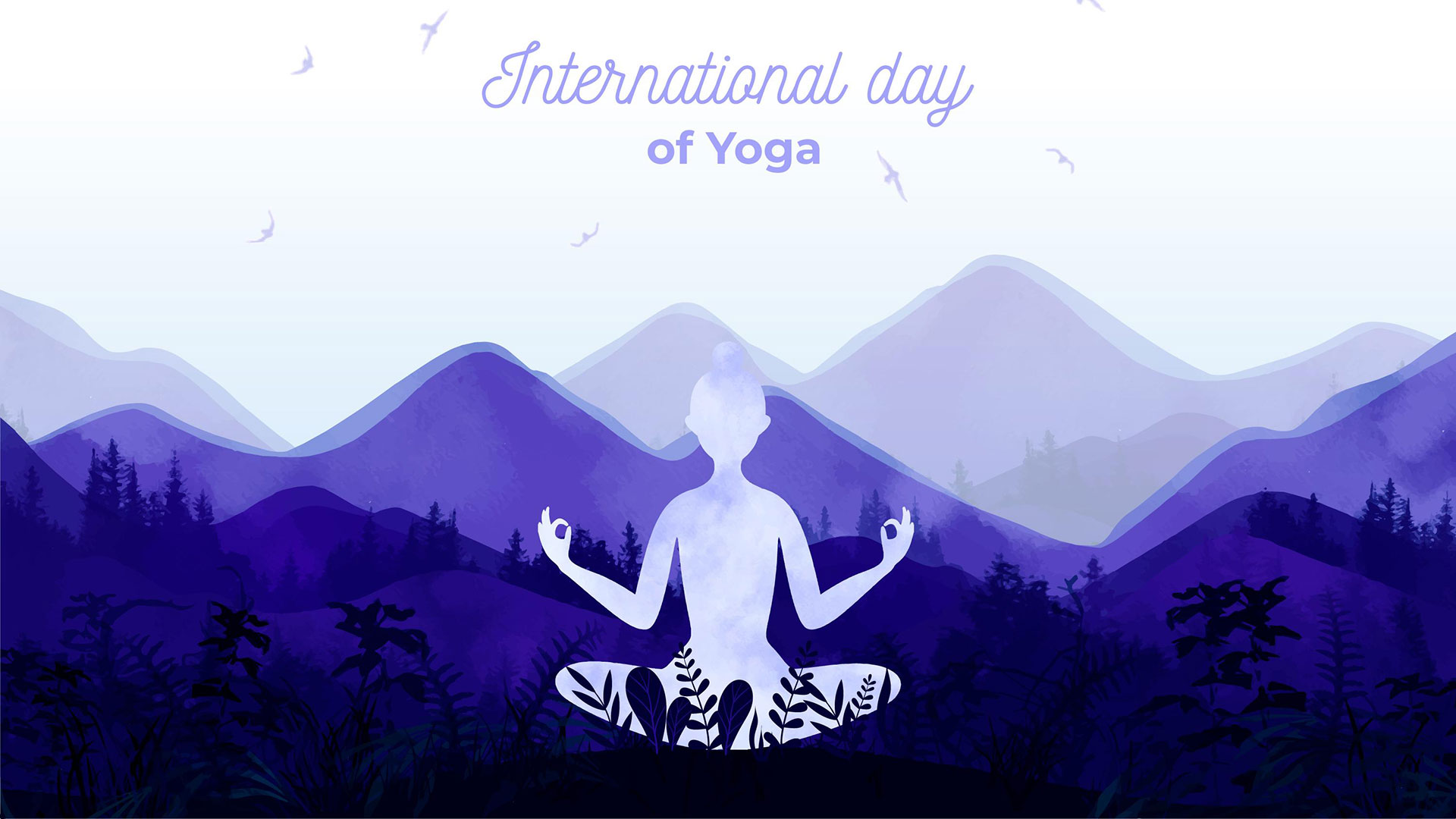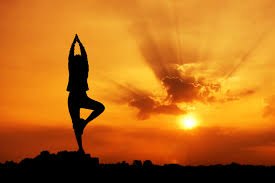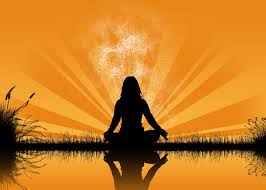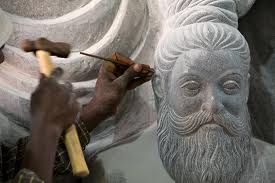The western world has made the word “Yoga” very fashionable. Since lot of celebrities now endorse as an essential part of their lifestyle, it seems that this path is really popular. But contrary to what one labels as Yoga, the principles and practices as described by Sage Patanjali are very profound.
How does this Marga work in our quest for liberation, freedom? And freedom from what? The ancient philosophers had already worked out that the self is Supreme and all the other things which bond us, restrict us is Maya. But the stranglehood of Maya deludes us from the truth. The prescription to transcend this is called Yoga. The Sanskrit meaning for Yoga is Union. Is it Union with the self? But aren’t we united already? Yes, in the broader sense, we are. But somewhere the disconnection arises because of the delusions cast by Maya.
Ignorance of that brings darkness. Moving from the darkness to light that we are is Yoga. The self is illuminated, powerful and yet we suffer.
So let’s begin on this path of Yoga. In Patanjali’s Yoga Sutra, the eightfold path is called Ashtanga, which literally means “eight limbs” (ashta=eight, anga=limb). These eight steps basically act as guidelines on how to live a meaningful and purposeful life, directed at the ultimate bliss of the self.. They serve as a prescription for moral and ethical conduct and self-discipline; they direct attention toward one’s health; and they help us to connect with the ultimate reality of self. The eight limbs are Yama, Niyama, Asana, Pranayama, Pratyahara, Dharana, Dhyana and Samadhi.
The eight fold approach need not be sequential. In fact, they are supporting processes. For eg. Practicising Niyama helps in Asanas, and practicing Asanas helps in Dhyana. The ultimate goal is Samadhi – being one without any effort, in bliss and with complete transcendence, united with the Self.
The description sounds exotic, but in reality, we do attain Samadhi, albeit for a very small period of time. The pleasure of Samadhi has been described as 1000 times more than that of a sexual orgasm. Osho, in his book from Sambhog to Samadhi, describes how man seeks sexual pleasure not knowing that he is seeking Samadhi!!!
Where does one start? Just imagine your journey has eight options. Which one would you choose? It can get confusing. The physical plane is the easiest one to relate to. Start with practicing Hatha Yoga and learn a few Pranayama’s. With gradual practice, one starts observing the other principles also.
The obstacles in this path can be many. The worldly pleasures are likely to sway one’s mind back and away from the path. It takes continuous remembrance and patience to stay on this path. The ultimate treasure of freedom is not at the end of the path but the very path itself. But one stops walking, and the treasure is gone.
Yoga in a sense – is the knowledge of Oneness in everything. As Patanjali says in one Verse,
Tada drastuh svarupe vasthanam
Living through this stage of Yoga, reveals the Seer or the Self, in its most brilliant form.
A way to understand Yoga is the analogy of a sculptor working through the stone. It is the removal of the unwanted material which brings out the statue. The sculptor doesn’t add anything! Similarly, the practice of Yoga removes the unwanted materials (read the Samskara’s or the impressions of the mind) which block the Self.
You are the diamond which needs to be cut and polished!! That’s this path about…Are you yet ready to shine?
By Vikas Bhatia






